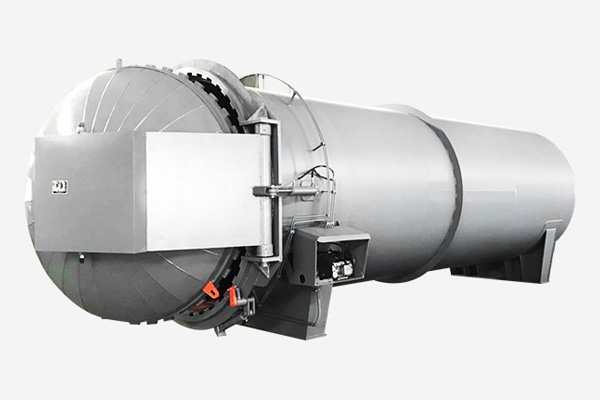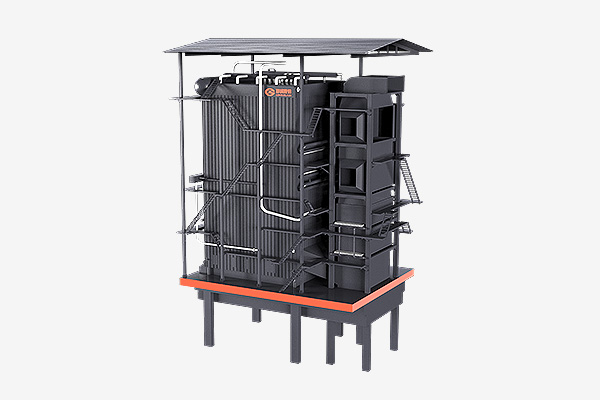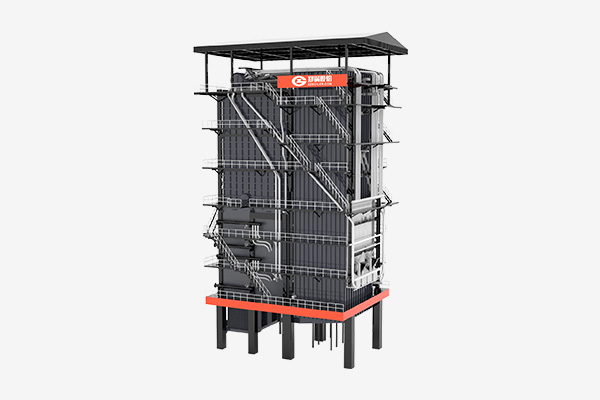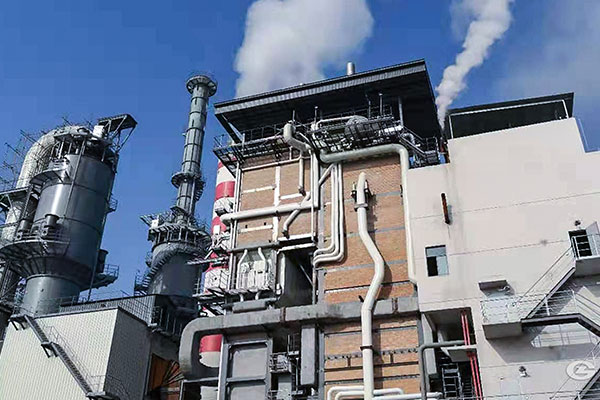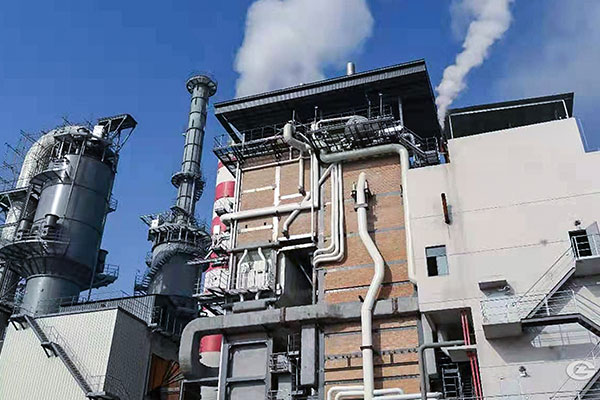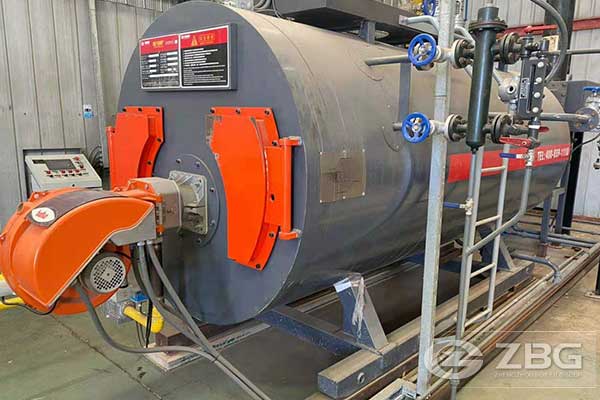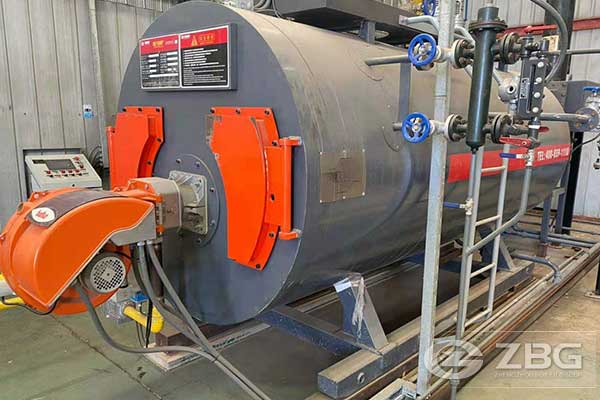What Is The Types of Biomass Fuels
2016-06-15 17:00:02Biomass fuels are organic materials produced in a renewable manner. Two categories of biomass fuels, woody fuels and animal wastes, comprise the vast majority of available biomass fuels. Municipal solid waste (MSW) is also a source of biomass fuel. Biomass fuels have low energy densities compared to fossil fuels. In other words, a significantly larger volume of biomass fuel is required to generate the same energy as a smaller volume of fossil fuel.
The low energy density means that the costs of fuel collection and transportation can quickly outweigh the value of the fuel. Biomass fuels are typically consumed on-site or transported short distances only (e.g., less than 50 miles). Biomass fuels tend to have a high moisture content, which adds weight and increases the cost of transportation. The moisture content also decreases combustion performance.
There are two primary factors to be considered in the evaluation of biomass fuels: Fuel supply, including the total quantities available, the stability of the supply or of the industry generating the fuel, and competitive uses or markets for the fuel. Cost of biomass fuel collection, processing, and transportation, and who pays these costs.
This section discusses three sources of biomass fuel: woody fuels, animal waste, and MSW. These discussions include the issues of fuel supply and costs. These fuels are summarized, along with their respective benefits and barriers, in Table 2 at the end of this section.
Woody Fuels
Wood wastes of all types make excellent biomass fuels and can be used in a wide variety of biomass technologies. Combustion of woody fuels to generate steam or electricity is a proven technology and is the most common biomass-to-energy process. Different types of woody fuels can typically be mixed together as a common fuel, although differing moisture content and chemical makeup can affect the overall conversion rate or efficiency of a biomass project. There are at least six subgroups of woody fuels. The differentiators between these subgroups mainly have to do with availability and cost. Forestry residues—in-forest woody debris and slash from logging and forest management activities. Mill residues—byproducts such as sawdust, hog fuel, and wood chips from lumber mills, plywood manufacturing, and other wood processing facilities. Agricultural residues—byproducts of agricultural activities including crop wastes, vineyard and orchard prunings or turnings, and rejected agricultural products. Urban wood and yard wastes—residential organics collected by municipal programs or recycling centers and construction wood wastes. Dedicated biomass crops—trees, corn, oilseed rape, and other crops grown as dedicated feedstocks for a biomass project. Chemical recovery fuels (black liquor)—woody residues recovered out of the chemicals used to separate fiber for the pulp and paper industry.
Forestry Residues
Forestry residues have been the focus of many recent biomass studies and feasibility assessments due to increasing forest management and wildfire prevention activities under the National Fire Plan. The USDA Forest Service and the Bureau of Land Management have been tasked with reducing the hazardous fuel loading within the forests and the urban-wildland interface.
Forestry residues are typically disposed of by on-site (in-forest) stacking and burning. This results in substantial air emissions that affect not only the forest lands and nearby populations, but the overall regional air quality as well. Open burning can also cause water quality and erosion concerns. The Forest Service and other public and private land management entities would like to have viable alternatives for disposing of their forestry residues in a more environmentally benign manner. An ideal situation, from the perspective of forest managers, would be the creation of a market for the forestry residues. The market they envision would generate revenues for the forest managers, which in turn would allow much needed expansion of the forest management programs.
Mill Residues
Mill residues are a much more economically attractive fuel than forestry residues, since the in-forest collection and chipping are already included as part of the commercial mill operations. Biomass facilities collocated with and integral to the mill operation have the advantage of eliminating transportation altogether and thus truly achieve a no-cost fuel. Mill residues have long been used to generate steam and electricity.
In Washington State alone, there are approximately 38 facilities that combust about 3 million BDT of mill residues per year to generate steam and electricity. All but two of these mill-residue-fired biomass projects are owned and operated by the mills or wood products companies that supply their fuel. The in-plant facilities primarily generate steam for lumber drying and processing. Any electricity produced is used to offset plant use, although a few facilities do sell excess electrical power to the local utility.
One example of a mill residue biomass-to-energy facility not owned by a mill is Avista Utility's Kettle Falls Station in northeastern Washington. The facility is strategically located within an average distance of 46 miles from 15 different mills, and purchases approximately 350,000 BDT per year of residues to generate 46 MW of electrical power. The facility was conceived in the late 1970s when mills were facing stricter pollution regulations that required them to replace their wigwam burners. Rather than invest in new equipment, the mills were willing to enter into long-term contracts with the private electric utility to supply a biomass facility with mill residues. The facility continues to operate successfully, due in large part to its unique location in one of the most heavily forested areas in the Pacific Northwest.
Agricultural Residues
Agricultural residues can provide a substantial amount of biomass fuel. Similar to the way mill residues provide a significant portion of the overall biomass consumption in the Pacific Northwest, agricultural residues from sugar cane harvesting and processing provide a significant portion of the total biomass consumption in other parts ofthe world. One significant issue with agricultural residues is the seasonal variation of the supply.
Large residue volumes follow harvests, but residues throughout the rest of the year are minimal. Biomass facilities that depend significantly on agricultural residues must either be able to adjust output to follow the seasonal variation, or have the capacity to stockpile a significant amount of fuel.
Urban Wood and Yard Wastes
Urban wood and yard wastes are similar in nature to agricultural residues in many regards. A biomass facility will rarely need to purchase urban wood and yard wastes, and most likely can charge a tipping fee to accept the fuel. Many landfills are already sorting waste material by isolating wood waste. This waste could be diverted to a biomass project, and although the volume currently accepted at the landfills would not be enough on its own to fuel a biomass project, it could be an important supplemental fuel and could provide more value to the community in which the landfill resides through a biomass project than it currently does as daily landfill cover.
Dedicated Biomass Crops
Dedicated biomass crops are grown specifically to fuel a biomass project. The most prevalent example of dedicated biomass crops are corn varieties grown for ethanol production. Fast-growing poplar trees have also been farm-raised for a biomass fuel, but this has not proven to be economically sustainable. Another dedicated crop example is soybean oils used in the production of biodiesel.
Chemical Recovery Fuels
Chemical recovery fuels are responsible for over 60 percent of the total biomass energy consumption of the United States, and therefore must be mentioned in any analysis of biomass. By and large, the chemical recovery facilities are owned by pulp and paper facilities and are an integral part of the facility operation.
For all inquiries, please fill in the form below (* are required) to send us a brief message, and we will get back to you as soon as possible.
